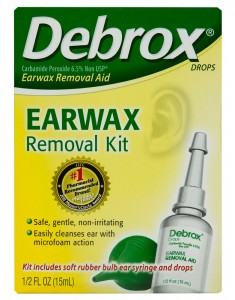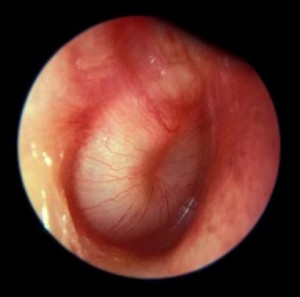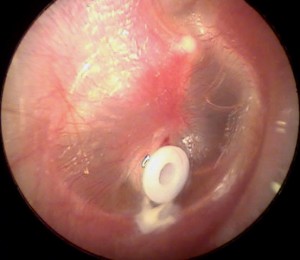Ear wax is a naturally-produced substance that is made by your body. It is partially composed of an oily substance which is made by glands in the skin of your ear canal. The other major component of ear wax is dead skin layers which have been sloughed off from inside the ear.
Most people never have serious problems from ear wax. It will typically fall out of the ears on its own with time. Some people make very large amounts of wax or very thick wax which can block up the ears and cause problems hearing or infection. These are the people who should see a doctor for wax cleaning.
I recommend that no one put any object inside their ear to clean wax. This would include Q-tips, bobby pins, or anything else. Q-tips are especially bad because they can cause part of the wax to be packed down onto the ear drum. This is no fun for you or for me to clean out. Remember the old saying: “Nothing smaller than your elbow can go in your ear!”
A better option is to use liquid drops in the ears to help soften ear wax. My favorite option is either baby oil or mineral oil. These are very inexpensive and you can use a dropper to put several drops in each ear at bedtime. Put a cotton ball in the ear to keep oil from draining out on your pillow!
You can also use hydrogen peroxide (I recommend mixing half and half with water) or a variety of over the counter wax softening products. Some kits will provide irrigating bulbs to flush out the wax- this works well for a lot of people but be careful to not flush too forcefully. Debrox is the most common brand and is available in any drug store or grocery store.
I have several different ear suctions and instruments to help clean wax. I can usually get the ears cleaned completely in one visit but in certain difficult cases with lots of thick wax packed onto the ear drum, I will usually have you use baby oil drops at bedtime for 2 weeks and then come back. After this, it’s usually very easy to suction out the rest of the wax. New patients coming to see me for ear wax cleaning can get this process started early to make things easier.
Some patients naturally make a lot of wax and need to be cleaned every 3 to 6 months. If this is you, I recommend starting baby oil or other wax softening drops 2 weeks before your appointment.



